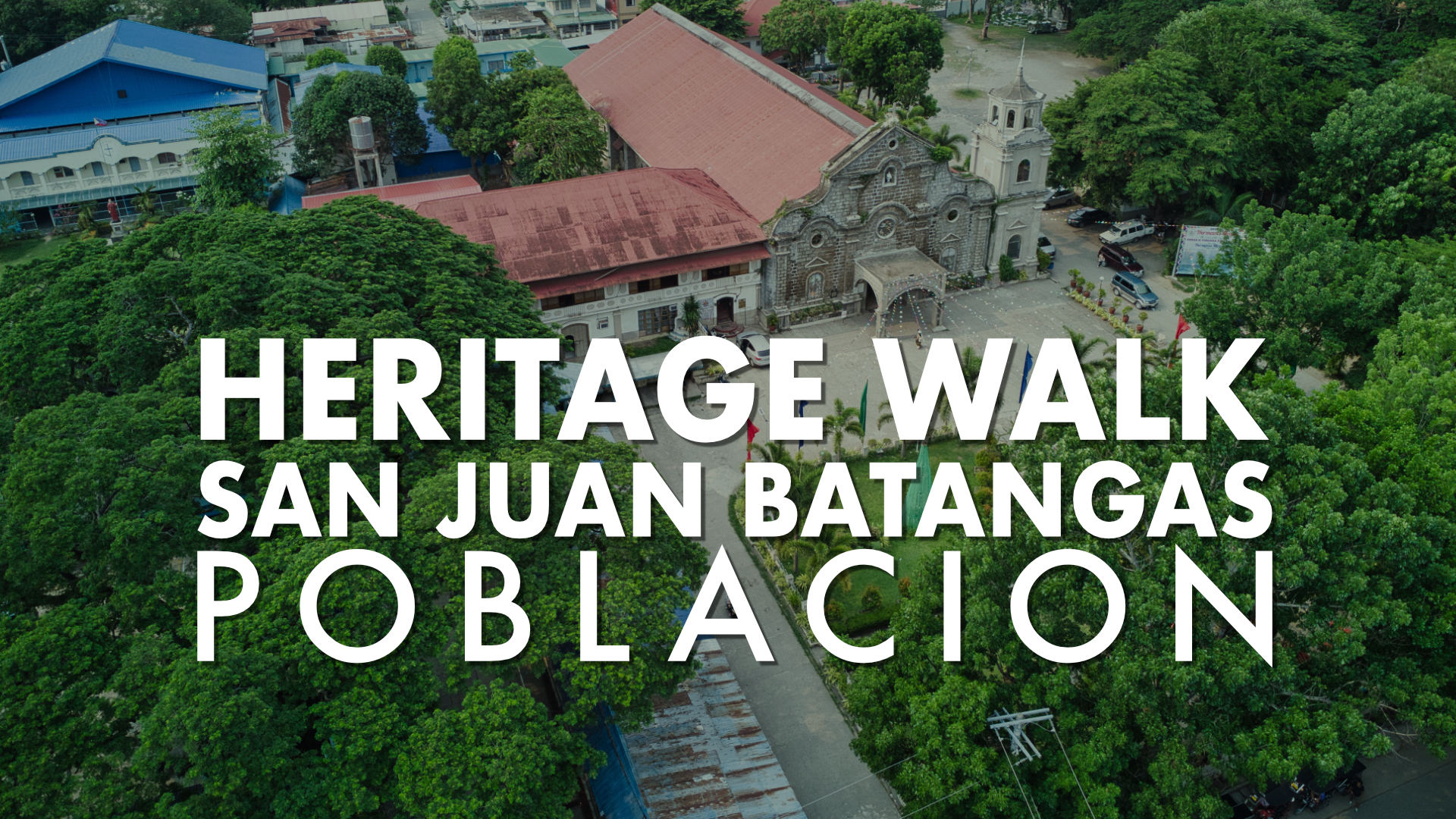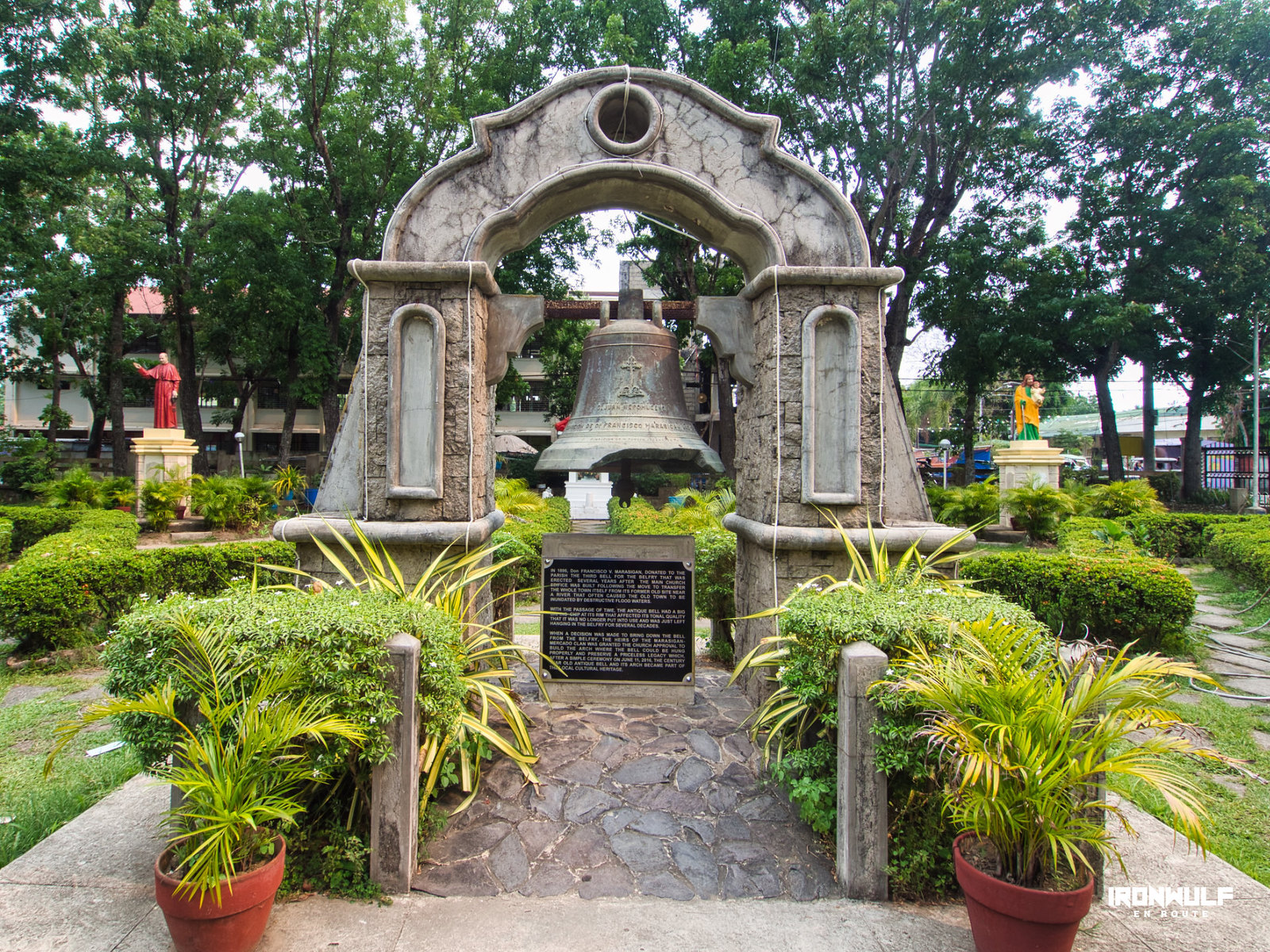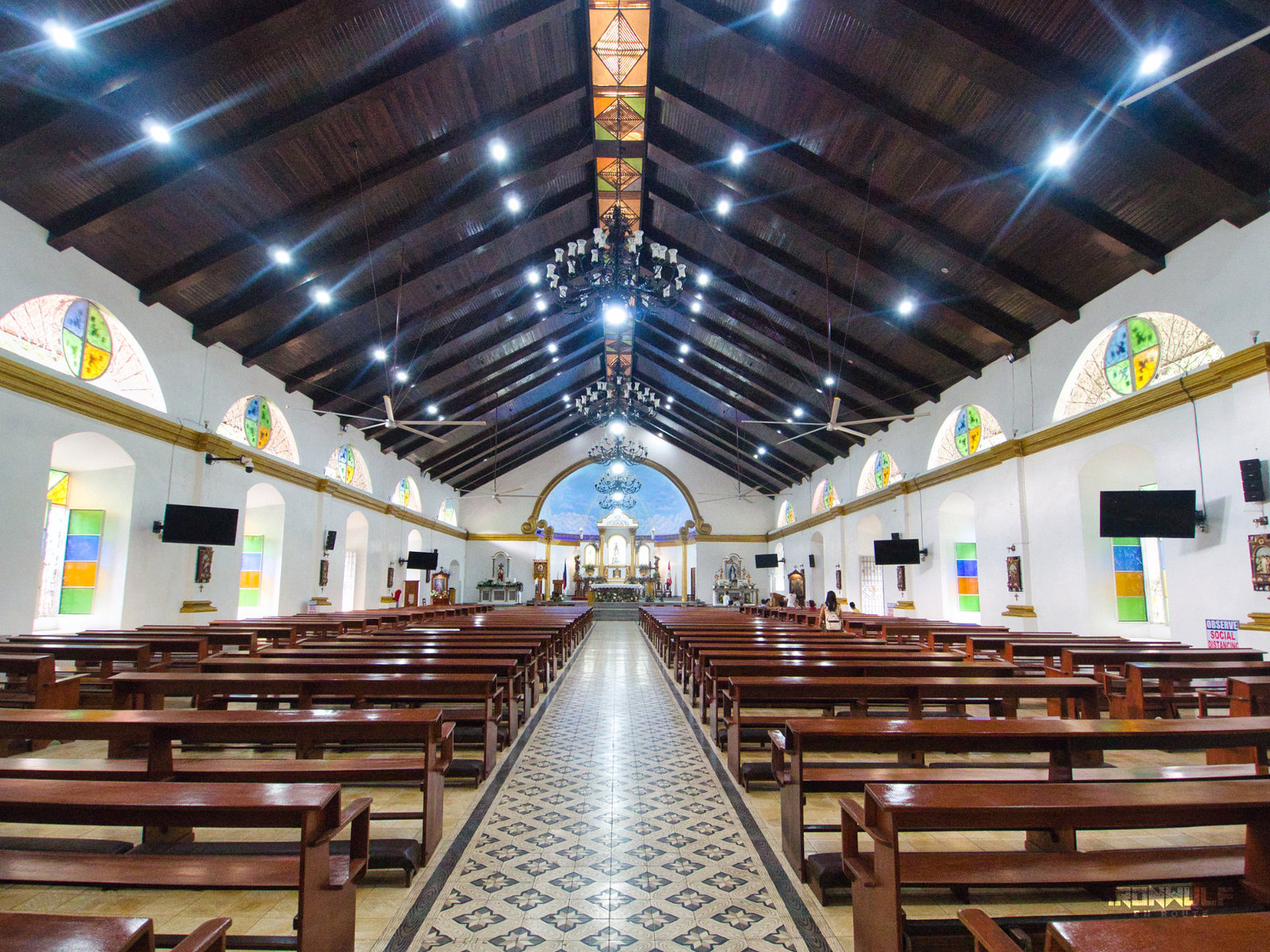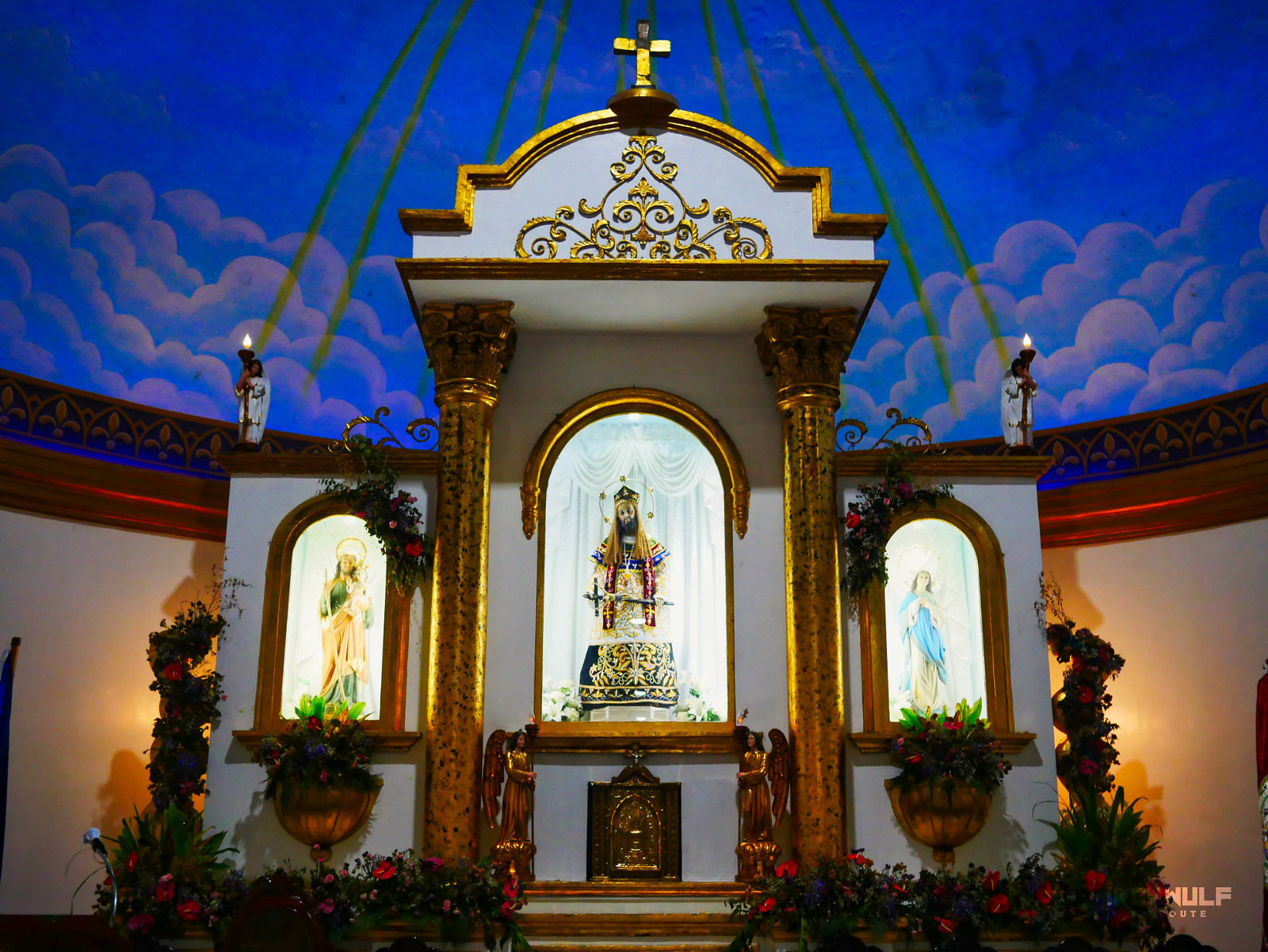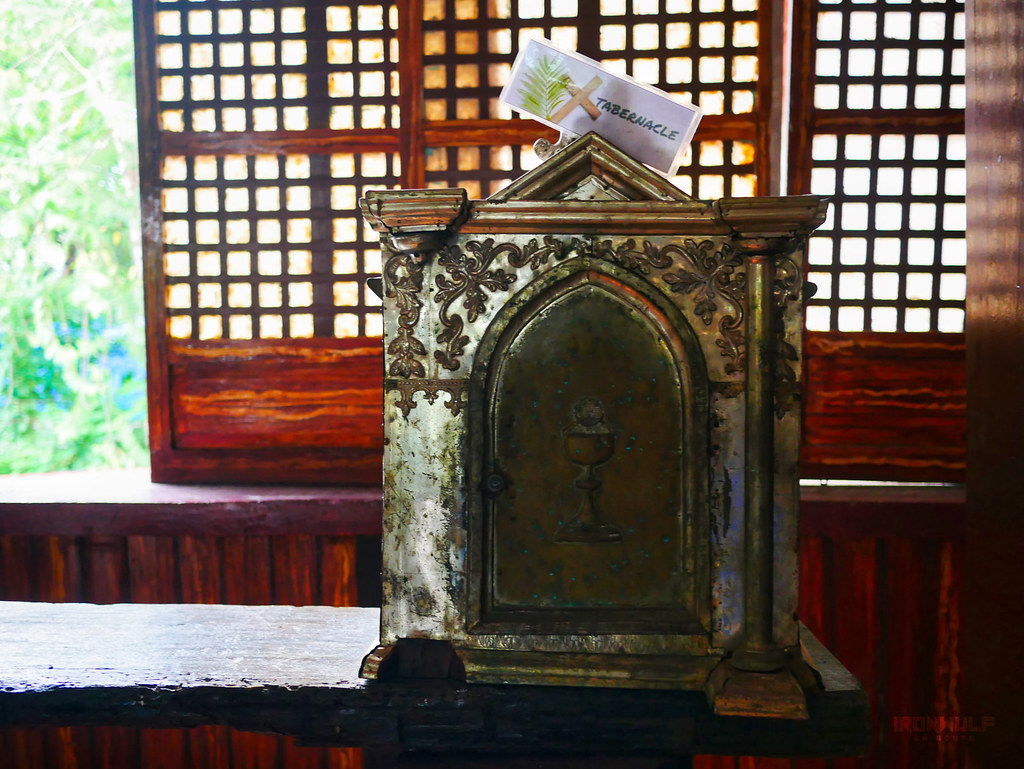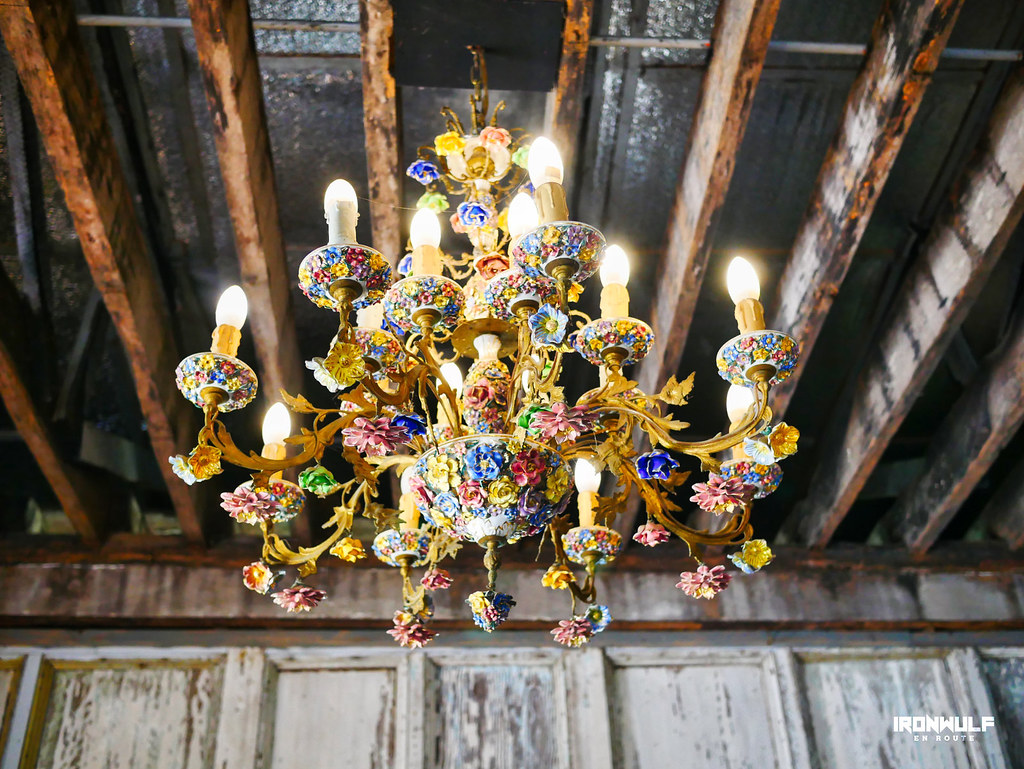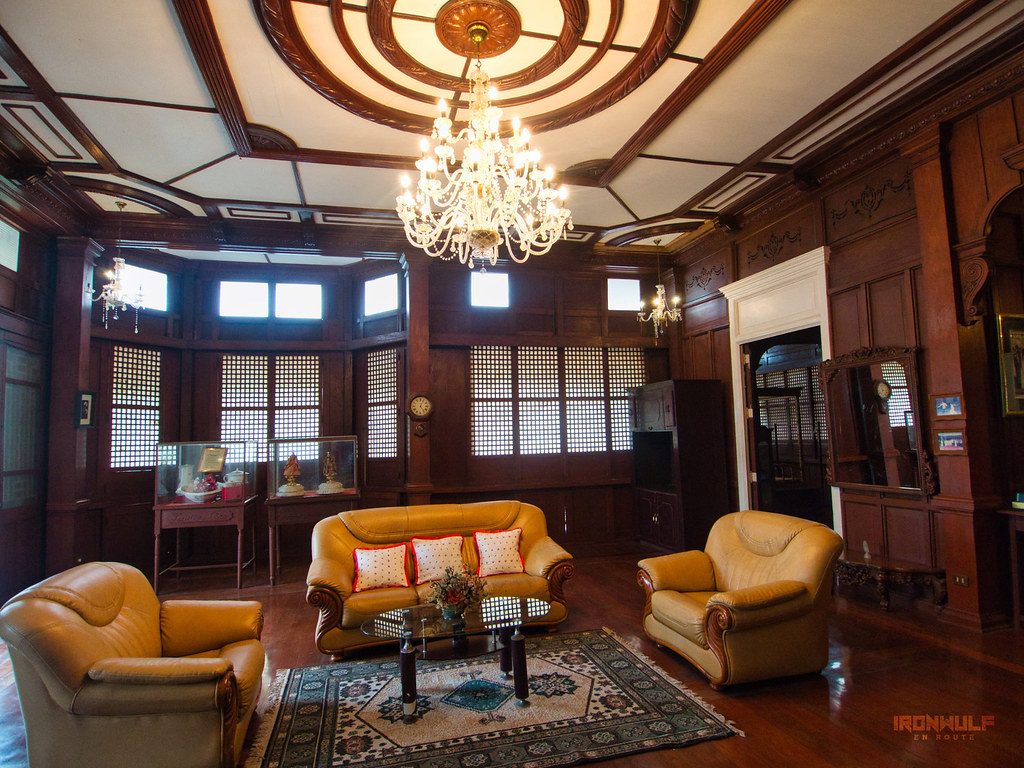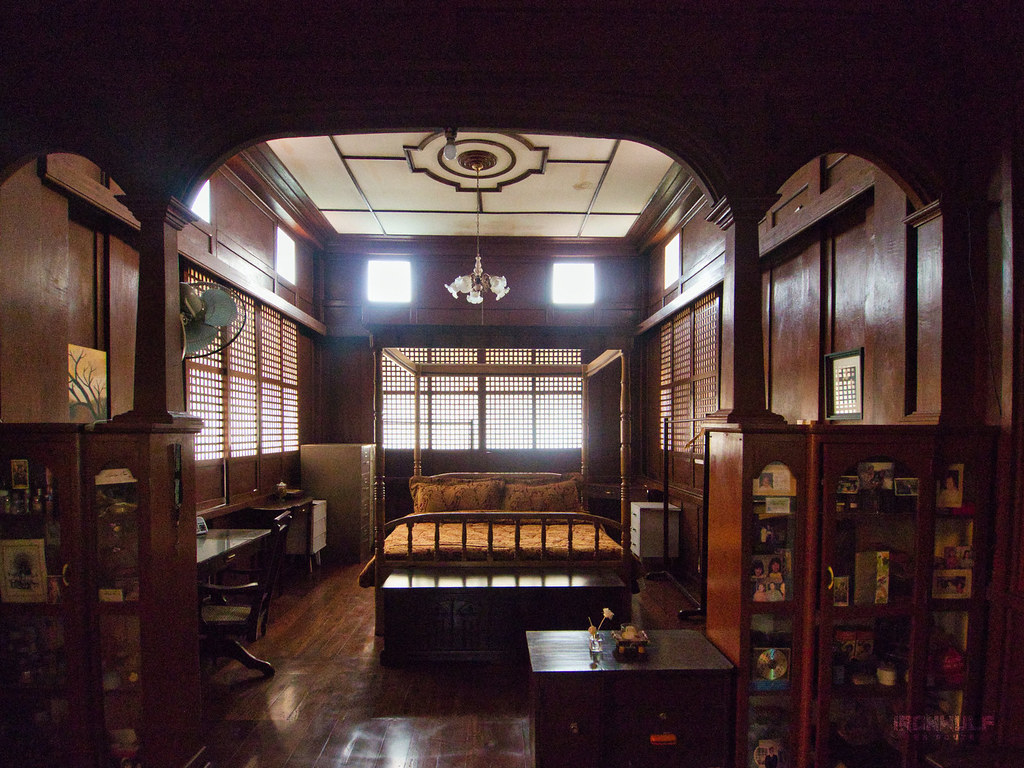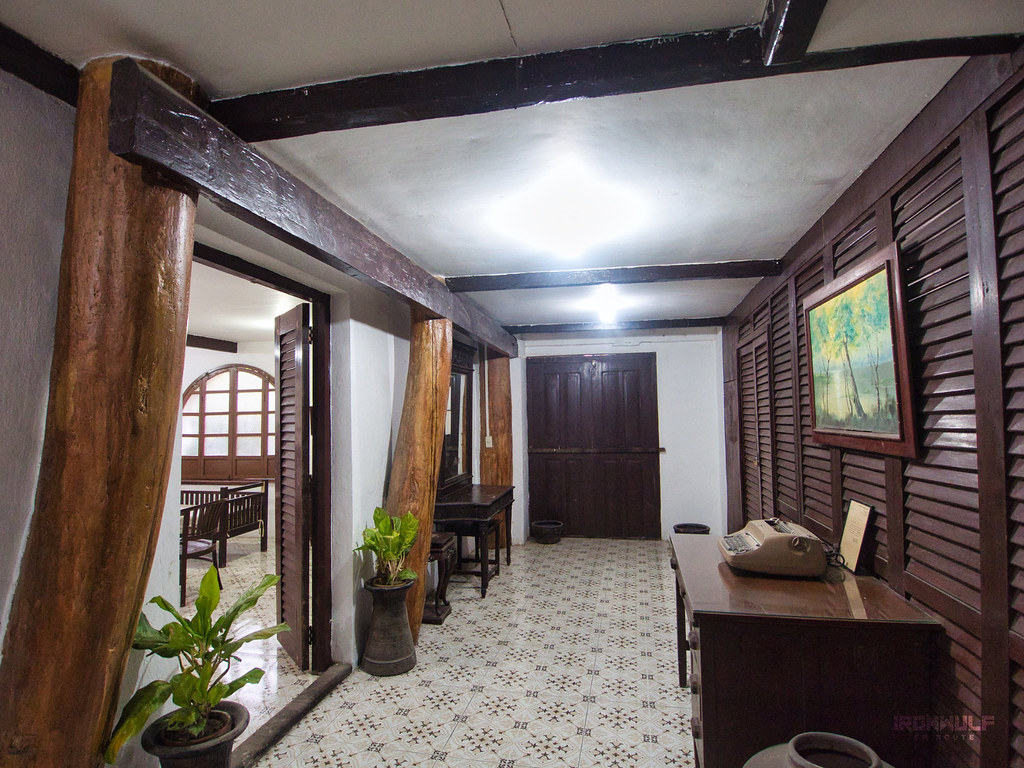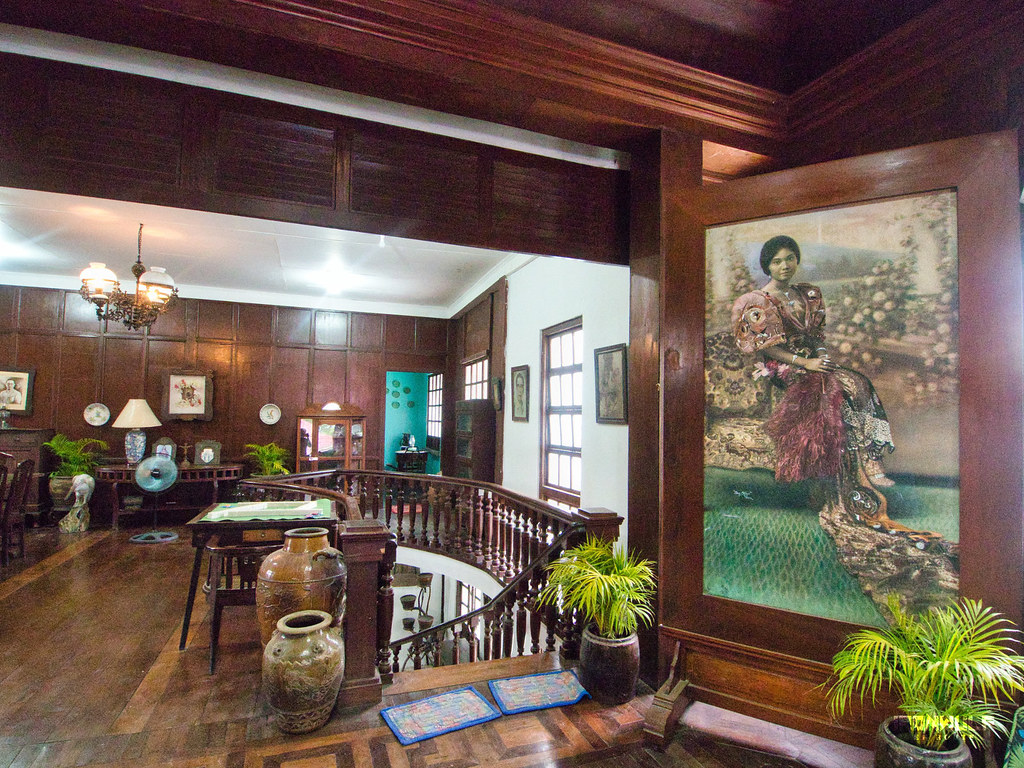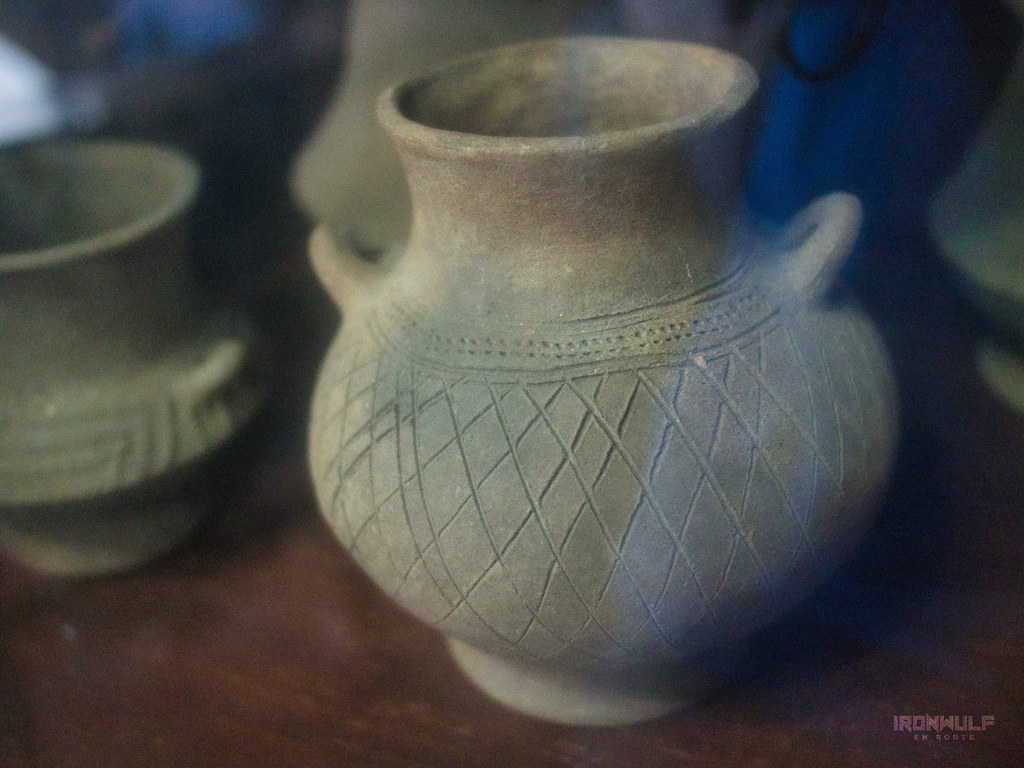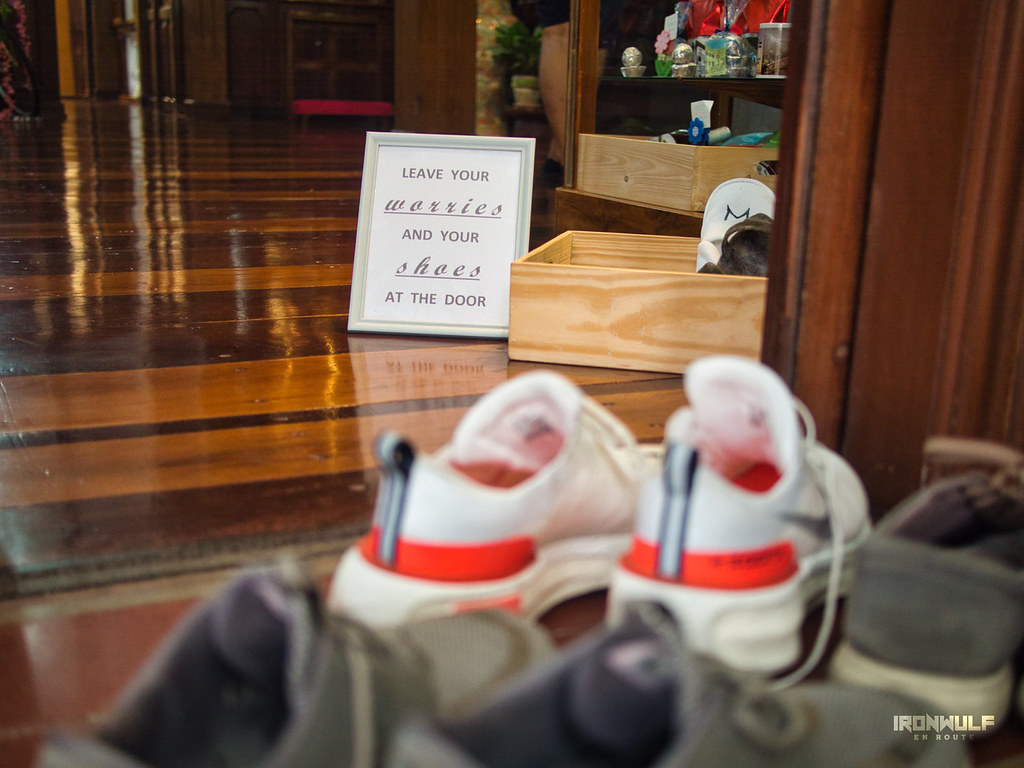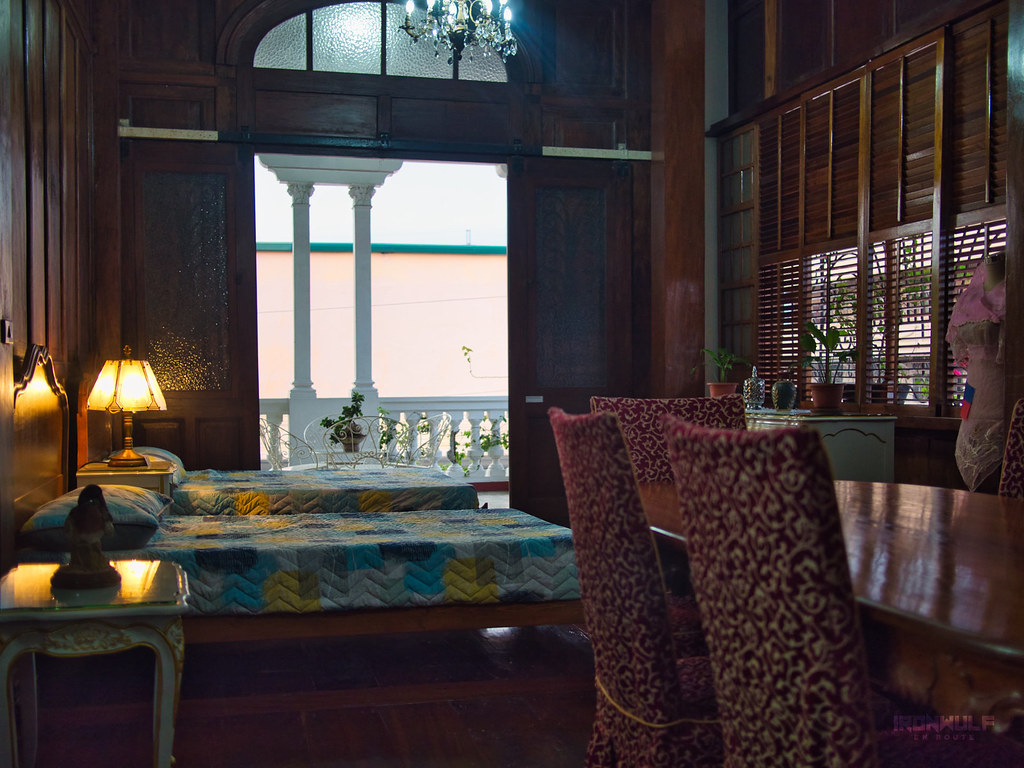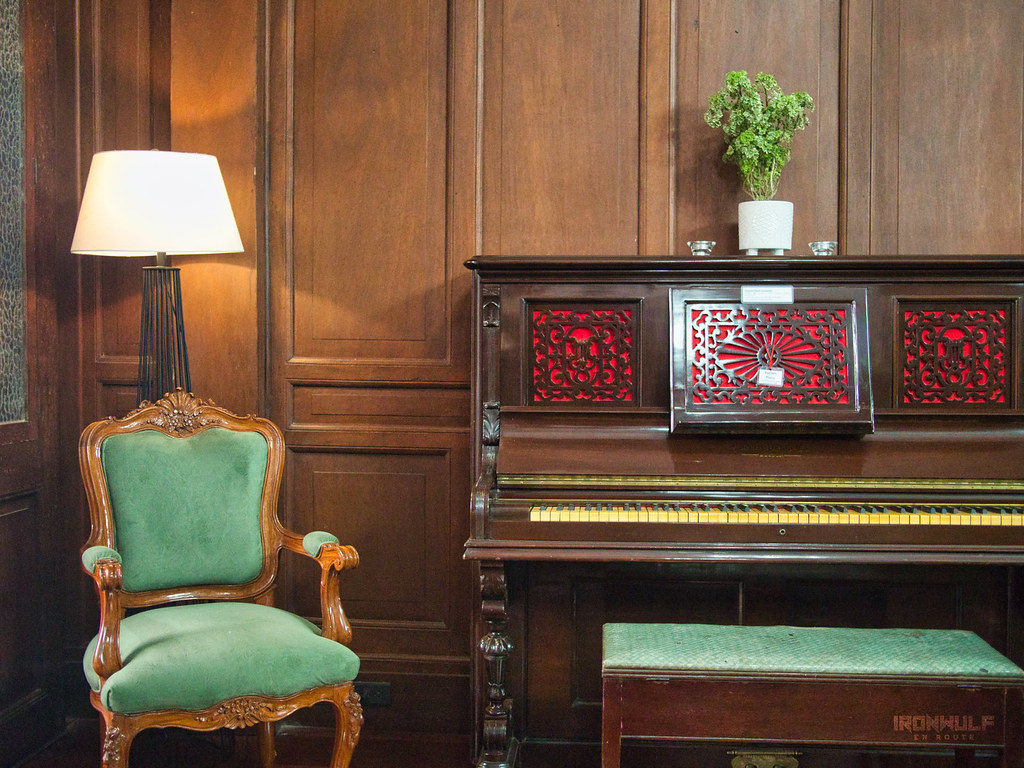When heading out of Metro Manila towards the beach resorts on the eastern side of Batangas, many visitors overlook the cultural gems of San Juan Batangas Poblacion. Instead of taking the usual route along the San Juan-Laiya Road, why not turn left from General Luna St onto Hall St and uncover the young yet culturally rich heritage of San Juan town?
The Transition from Spanish to American Influence
Even during our drive into the municipality, we couldn’t help but notice the impressive old houses along the main highway. Once in the town proper, you’ll find over a dozen houses and structures that hold cultural significance. The American period houses, Neoclassical-style, and Art Deco styles resemble the heritage structures found in nearby towns like Candelaria and Sariaya in Quezon province. I was curious to know the story behind this connection, and luckily, our birding guide, Professor De Villa, an environmental advocate, had some insights to share.
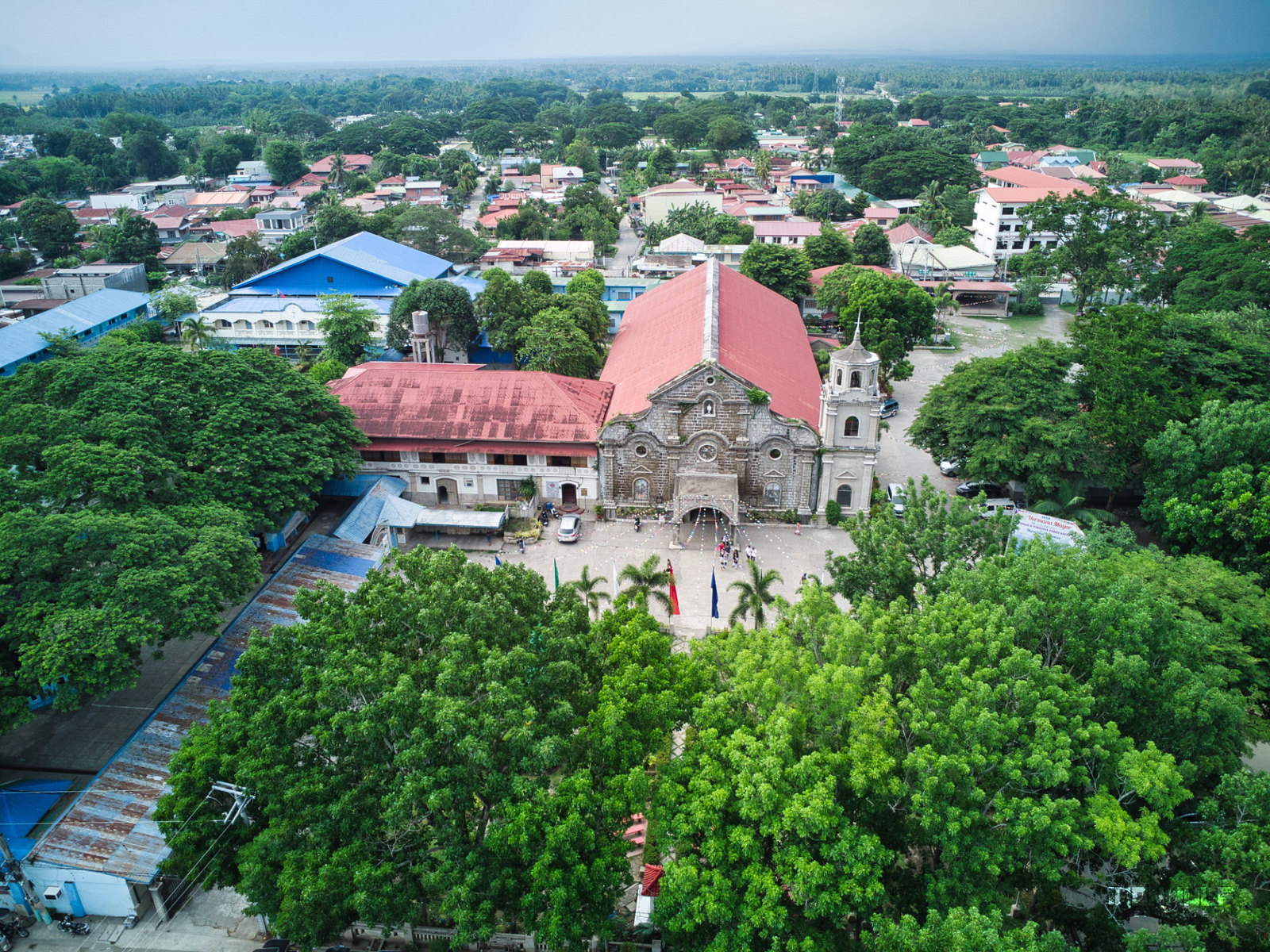
Thriving Coconut Plantation Industry
During the early 1900s and throughout the American period, San Juan Batangas and its neighboring provinces thrived in agriculture. The land benefited from excellent irrigation due to the presence of two rivers, Malaking Tubig River and Lawaye River, as well as a vast watershed spanning over 900 square kilometers.
Coconut farming served as the primary livelihood for these towns. At one point, San Juan and its nearby areas boasted the highest number of coconut trees planted per square meter in the world. These trees were cultivated for a variety of products, ranging from culinary ingredients to coconut oil, copra, and other coconut-based goods.
With prosperity came wealth for the coconut plantation owners, who began constructing opulent mansions in the towns. They departed from the traditional Spanish-style “bahay na bato” houses and embraced the “Art Deco-inspired” architecture, a trend that was sweeping across America and Europe in the mid-1900s.
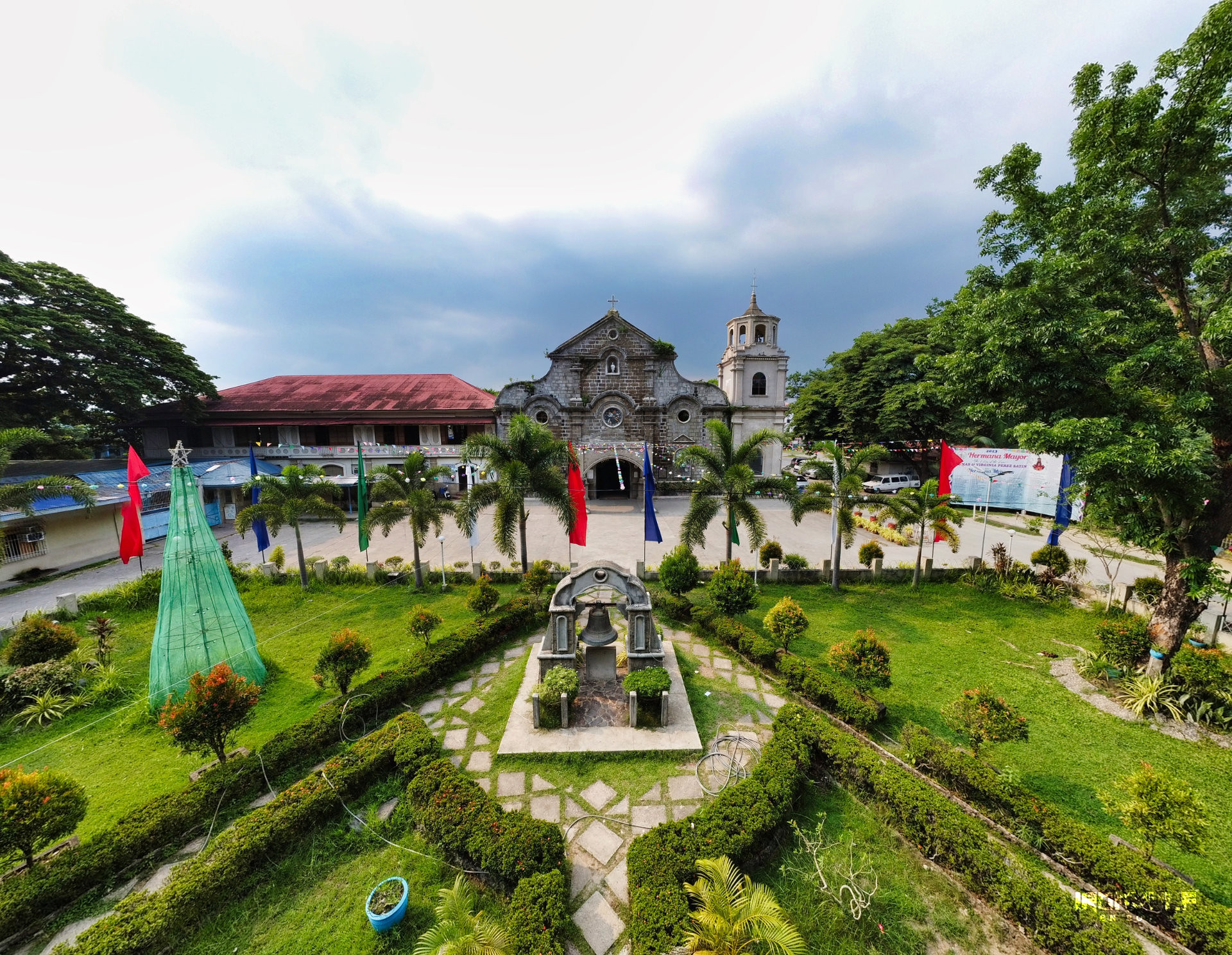
San Juan Nepomuceno Parish
The ideal starting point for the heritage tour in San Juan Batangas Poblacion is the San Juan Nepomuceno Parish. Just like the town itself, the church is relatively young, having been established in the 1890s. Originally situated in Barangay Pinagbayanan, the church, and the town were relocated to higher elevated grounds to avoid flooding and volcanic activity. The first church structure in Barangay Pinagbayanan, formerly known as San Juan de Bocboc, was made of bamboo and coconut trees, utilizing abundant local resources. Eventually, a more durable stone structure replaced it, although it too was not spared from floods.
The current San Juan Nepomuceno Parish gained some fame when popular actors Judy Anne Santos and Ryan Agoncillo had a “quiet” wedding here in April 2009. The impressive baroque church underwent renovations over the years, particularly on its interiors to enhance durability. While efforts were made to preserve the facade, you’ll notice a distinct difference in the design of the bell tower. It was a later addition to the church, built between the 1920s and 1930s during the Art Deco-inspired movement in town, thus showcasing a more modern style. Within the church, a relic believed to be from St. John Nepomucene himself is carefully preserved.
Just in front of the church stands an arch, where one of the three original bells from the church’s early days hangs. Despite its worn appearance, it is a significant symbol of how wealthy families like the Mercado and Marisigan clans actively supported the church.
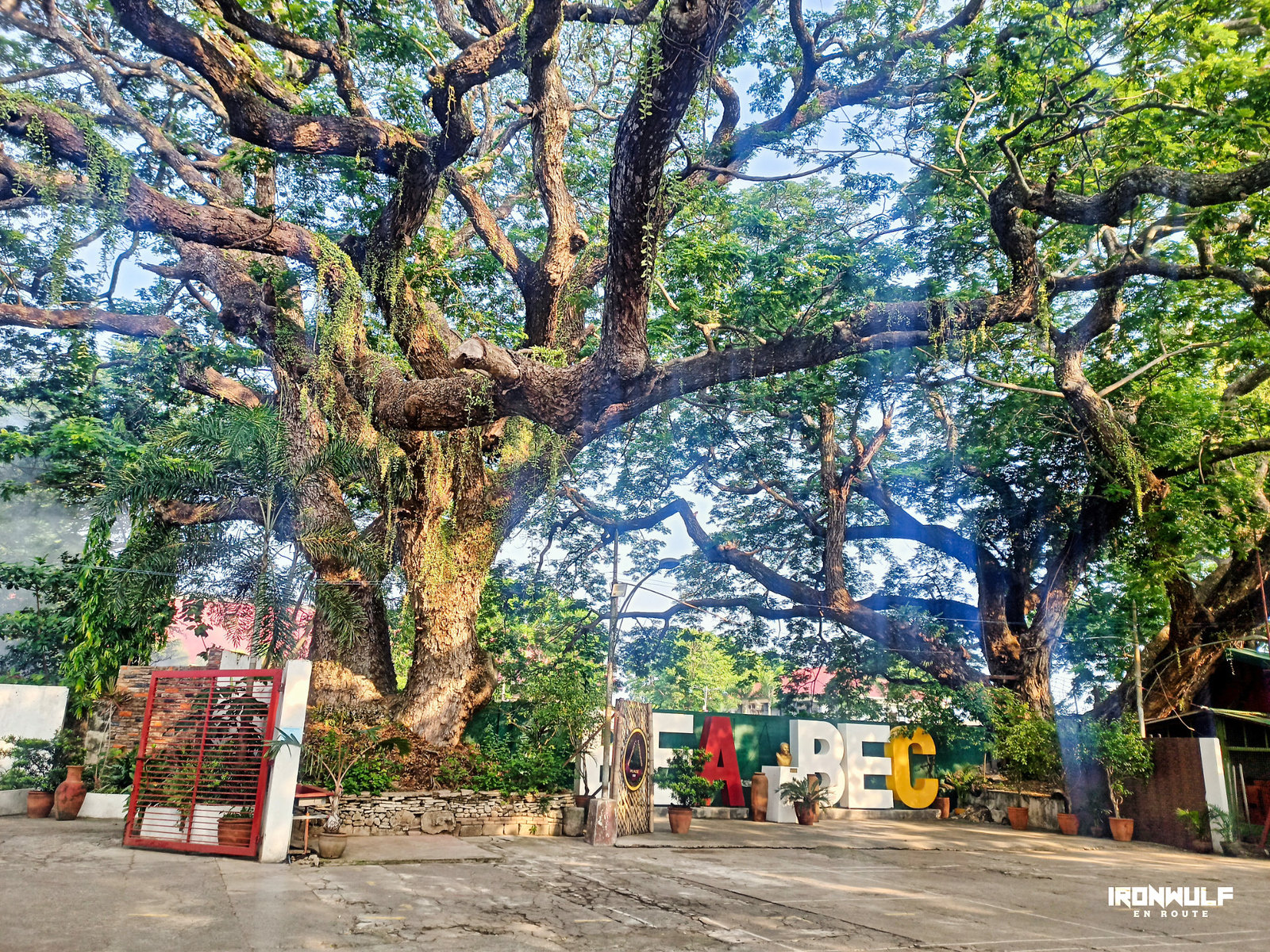
Batangas Eastern Colleges Grounds
Behind the church, within the campus grounds of Batangas Eastern Colleges, you’ll find centuries-old acacia trees that have witnessed significant events in the town’s history. It was here that Batangueño revolutionary General Miguel Malvar handed his sword to Kapitan Leon Mercado. Both figures played prominent roles in the revolution against the Spaniards and later against the Americans during the war.

Benito Marasigan Ruins and Museum
Just three blocks away from the church lie the remnants of what was once a grand neoclassical-style mansion, built between 1929 and 1930. Today, it is known as the Benito Marasigan Ruins and Museum. Originally a three-story mansion, the upper floors were tragically destroyed in 2009 due to a fire caused by sunlight passing through the glass windows and igniting the wooden frames. The ground floor, however, remains intact. In 2015, a rehabilitated exhibit space was opened, showcasing the mansion’s elegant chandelier, ornate chairs, and a massive 20-seater table made from a single giant tree trunk. The permanent display tells the story of how the Marasigan family contributed to preserving the natural environment by preventing the establishment of a Copper Smelter in San Juan Batangas.
As a fun fact, Zig Marasigan, one of the writers for the hit Netflix animation “Trese,” is part of the Marasigan family.
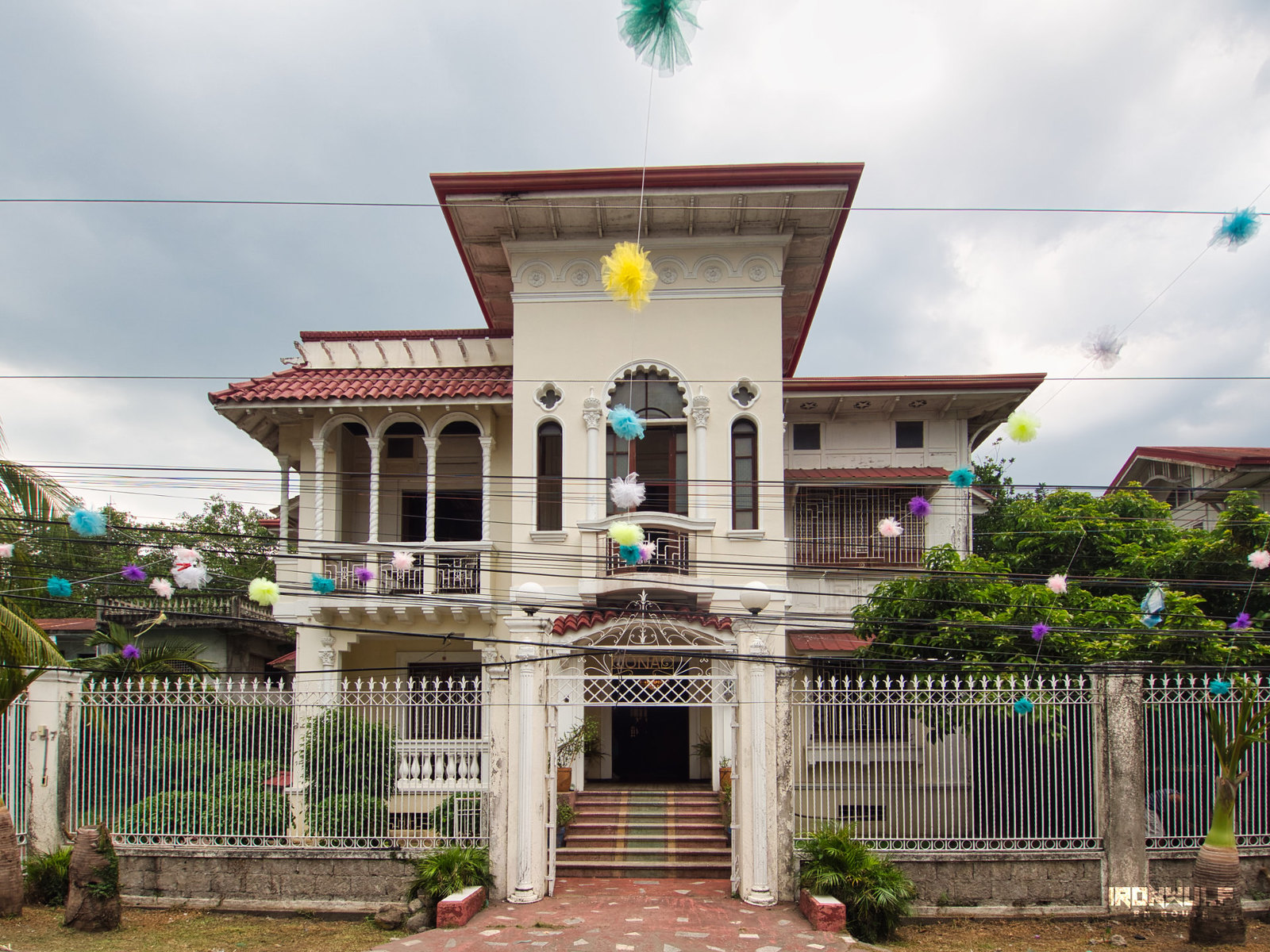
Casa Louella
Closer to the church stands another captivating American-era mansion called Casa Louella, named after the daughter of its current owners, Custodio Marasigan Ona and Guadalupe Ona. The mansion was originally built by the Treviño-Magtibay family in the early 1900s. The second owner was Vicente Lecaroz, a former mayor of San Juan, and a nephew of Benito Marasigan, owner of the Benito Marasigan Mansion. His family occupied the house during his term as mayor. When his children grew up, the house was often empty, and decided to sell it in 1994.
Although many of the furnishings inside the house are new, the lavish spaces have been beautifully maintained. The second floor boasts high ceilings, spacious bedrooms, and a bathroom with a tub that opens onto a balcony leading to a courtyard. The mansion is open to the public, and some of the rooms are offered as accommodations.

Casa Soledad
Found at the corner of Mojica St and De Villa St, Casa Soledad is one of the grand heritage houses that has retained its traditional “bahay na bato” Spanish architecture. The house is named after Soledad, one of the four children of the original owners, Santos Lopez and Maria Mercado (a relative of the national hero, Jose Rizal). Soledad Lopez’s siblings were Don Miguel Lopez (a former mayor of San Juan), Arsenio Lopez, and Leonor Lopez. The house initially belonged to Leonor, the youngest of the siblings, but Soledad eventually acquired it after getting married.
Casa Soledad still proudly displays its massive wooden pillars and ceiling beams. Noteworthy among its treasures is a life-size foto-oleo (oil-paint enhanced photograph by Sun Studios) of Leonor wearing a Filipiñiana dress adorned with actual sequins. Additionally, keep an eye out for precolonial jars excavated from an archaeological site in Calubcub Segundo.
The fourth-generation Lopez-Tioseco siblings now manage the mansion.
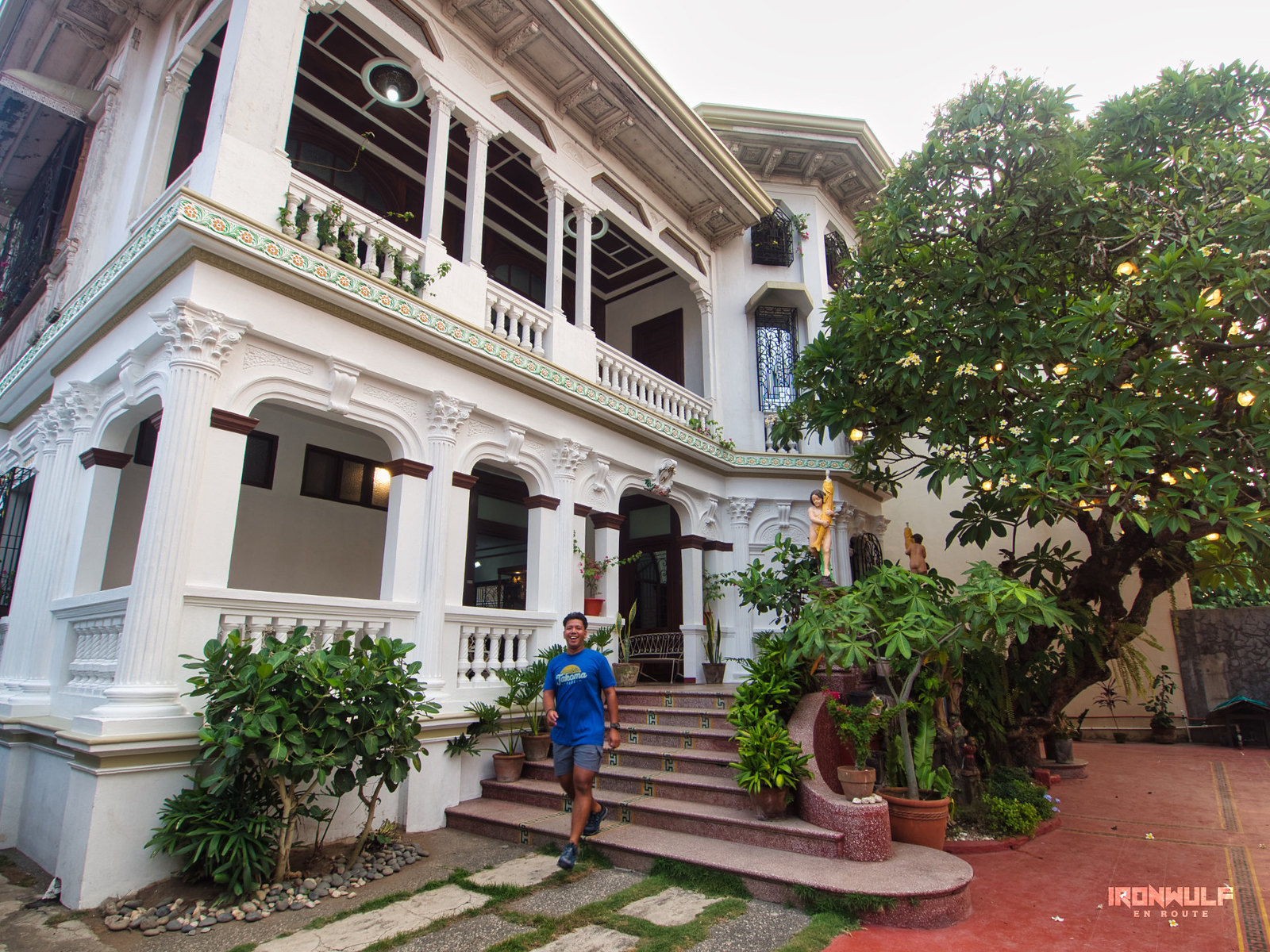
White House San Juan
Situated at the corner of Marasigan St and Kalayaan St, The White House San Juan is another well-preserved Neoclassical Art Deco house known as the Aguedo Mercado Mansion. Built in 1934, the house miraculously survived the destruction of war. Today, this two-story mansion has been rebranded as The White House San Juan since its acquisition by Neil and Joy Marundan in 2021.
The White House San Juan now serves as an events venue. While it has been well-maintained and partially modernized with additions like a modern kitchen, and air conditioning. Some old pieces of furniture were refurbished to retain their original charm. The original macuha tiles, intricate ornamental details, and impressive octagonal corners on one side of the house are still intact.
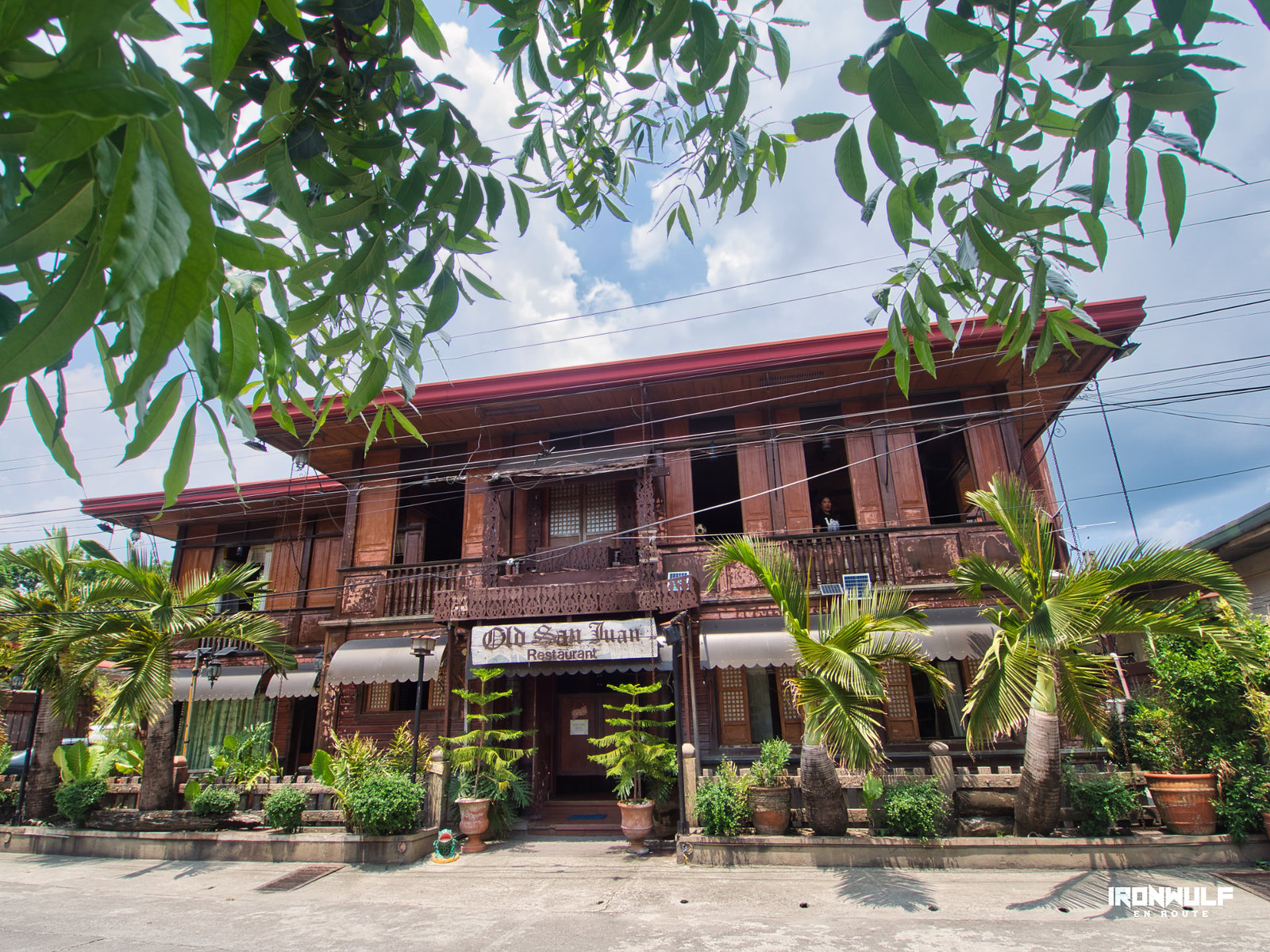
The Old World Charm of San Juan Batangas Poblacion
What sets San Juan Batangas Poblacion apart is that much of its heritage in the core areas remain untouched by extensive commercialization. Simply strolling along the streets allows visitors to discover more ancestral houses and structures, although the ones mentioned above are open to the public.
While most development is concentrated near the municipal area and extends beyond the town to leisure home developments like Solmera Coast by DMCI Homes, where you can find leisure residences in development, if you want to experience San Juan’s old-world charm, you need only travel 12 km from Barangay Subukin and Calubcub. Furthermore, if you are staying at the beach resorts in Laiya, which are about 20 km away (approximately a half-hour ride), you can easily explore the rich cultural and heritage side of San Juan, Batangas.

Ferdz Decena is an award-winning travel photographer, writer and blogger. His works has found print in publications such as Singapore Airlines’s Silver Kris, Philippine Airlines’ Mabuhay, Cebu Pacific’s Smile and Seair InFlight. He has also lent his expertise to various organizations like the Oceana Philippines, Lopez Group Foundation, Save the Children and World Vision, contributing quality images for their marketing materials.
